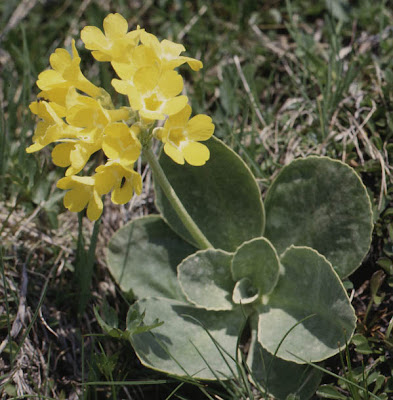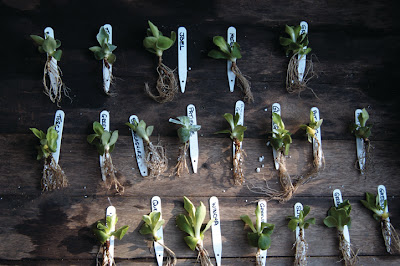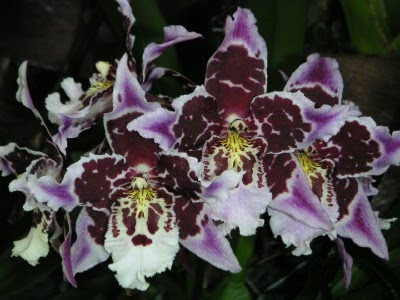"What is love" - perhaps the most asked question on the planet. All of us has seen it, most of us have experienced it, but when it comes to understanding what love truly is - we all all pretty much lost for words.
Unfortunately, I too am in the 'lost for words' group and so in an attempt to answer the question once and for all, noted writers from the fields of science, psychotherapy, literature, religion and philosophy have been pressed to give their definition of the much-pondered word.
Philippa Perry - Psychotherapist
 |
| Botticelli's Aphrodite |
Philia which they saw as a deep but usually non-sexual intimacy between close friends and family members or as a deep bond forged by soldiers as they fought alongside each other in battle.
Ludus describes a more playful affection found in fooling around or flirting.
Pragma is the mature love that develops over a long period of time between long-term couples and involves actively practising goodwill, commitment, compromise and understanding.
Agape is a more generalised love, it's not about exclusivity but about love for all of humanity.
 |
| Meteyard's Eros |
As Aristotle discovered and as any psychotherapist will tell you, in order to care for others you need to be able to care about yourself.
Last, and probably least even though it causes the most trouble, eros is about sexual passion and desire. Unless it morphs into philia and/or pragma, eros will burn itself out.
Love is all of the above. But is it possibly unrealistic to expect to experience all six types with only one person. This is why family and community are important.
Jim Al-Khalili - Physicist
 |
| I love chemistry' by Serenamarzo |
While lust is a temporary passionate sexual desire involving the increased release of chemicals such as testosterone and oestrogen, in true love, or attachment and bonding, the brain can release a whole set of chemicals: pheromones, dopamine, norepinephrine, serotonin, oxytocin and vasopressin. However, from an evolutionary perspective, love can be viewed as a survival tool – a mechanism we have evolved to promote long-term relationships, mutual defence and parental support of children and to promote feelings of safety and security.
Julian Baggini - Philosopher
 |
| The Thinker - Rodin |
At its best, however, all love is a kind a passionate commitment that we nurture and develop, even though it usually arrives in our lives unbidden. That's why it is more than just a powerful feeling. Without the commitment, it is mere infatuation. Without the passion, it is mere dedication. Without nurturing, even the best can wither and die.
Jojo Moyes - Romantic novelist
What love is depends on where you are in relation to it. Secure in it, it can feel as mundane and necessary as air – you exist within it, almost unnoticing.
Deprived of it, it can feel like an obsession; all consuming, a physical pain. Love is the driver for all great stories: not just romantic love, but the love of parent for child, for family, for country.
It is the point before consummation of it that fascinates: what separates you from love, the obstacles that stand in its way. It is usually at those points that love is everything.
Catherine Wybourne - Nun
Love is more easily experienced than defined. As a theological virtue, by which we love God above all things and our neighbours as ourselves for his sake, it seems remote until we encounter it enfleshed, so to say, in the life of another – in acts of kindness, generosity and self-sacrifice.
Love's the one thing that can never hurt anyone, although it may cost dearly. The paradox of love is that it is supremely free yet attaches us with bonds stronger than death. It cannot be bought or sold; there is nothing it cannot face; love is life's greatest blessing.
To conclude - if you believe that you have a better answer then I am happy for you to email me your comments. Love you guys!
For related articles click onto:
Edible Nuts - the Answer to Lowering Cholesterol?
Foods and Herbs to Boost your Immune System
Foods that Improve your Sex Life
Garlic - a Cure for Cancer?
Foods and Herbs to Boost your Immune System
Foods that Improve your Sex Life
Garlic - a Cure for Cancer?
Green Tea - Natural Protection against Lung Cancer?
How to Avoid E.Coli when Preparing Salads
How to Loose Weight by eating Fruit and Nuts
Improve you Sex Life with Fenugreek Herbs
Is Garlic Good for the Heart?
Is Ginger a Plant?
How to Avoid E.Coli when Preparing Salads
How to Loose Weight by eating Fruit and Nuts
Improve you Sex Life with Fenugreek Herbs
Is Garlic Good for the Heart?
Is Ginger a Plant?
Watercress - The New Superfood
What are the best Foods to Eat when Pregnant?
What is Fibre?
Which Foods are Best for the Skin?
What is Gingerbread?What are the best Foods to Eat when Pregnant?
What is Fibre?
Which Foods are Best for the Skin?
Love Potion
Images care of http://en.wikipedia.org/wiki/Aphrodite and http://serenamarzo.deviantart.com/art/I-love-Chemistry-288732199 and http://philipnowak.com/ and http://www.thedailybuggle.com/find-romantic-love-modern-society/
Based on an article from http://www.guardian.co.uk/commentisfree/2012/dec/13/what-is-love-five-theories and http://www.illusionsgallery.com/Eros.html













































































